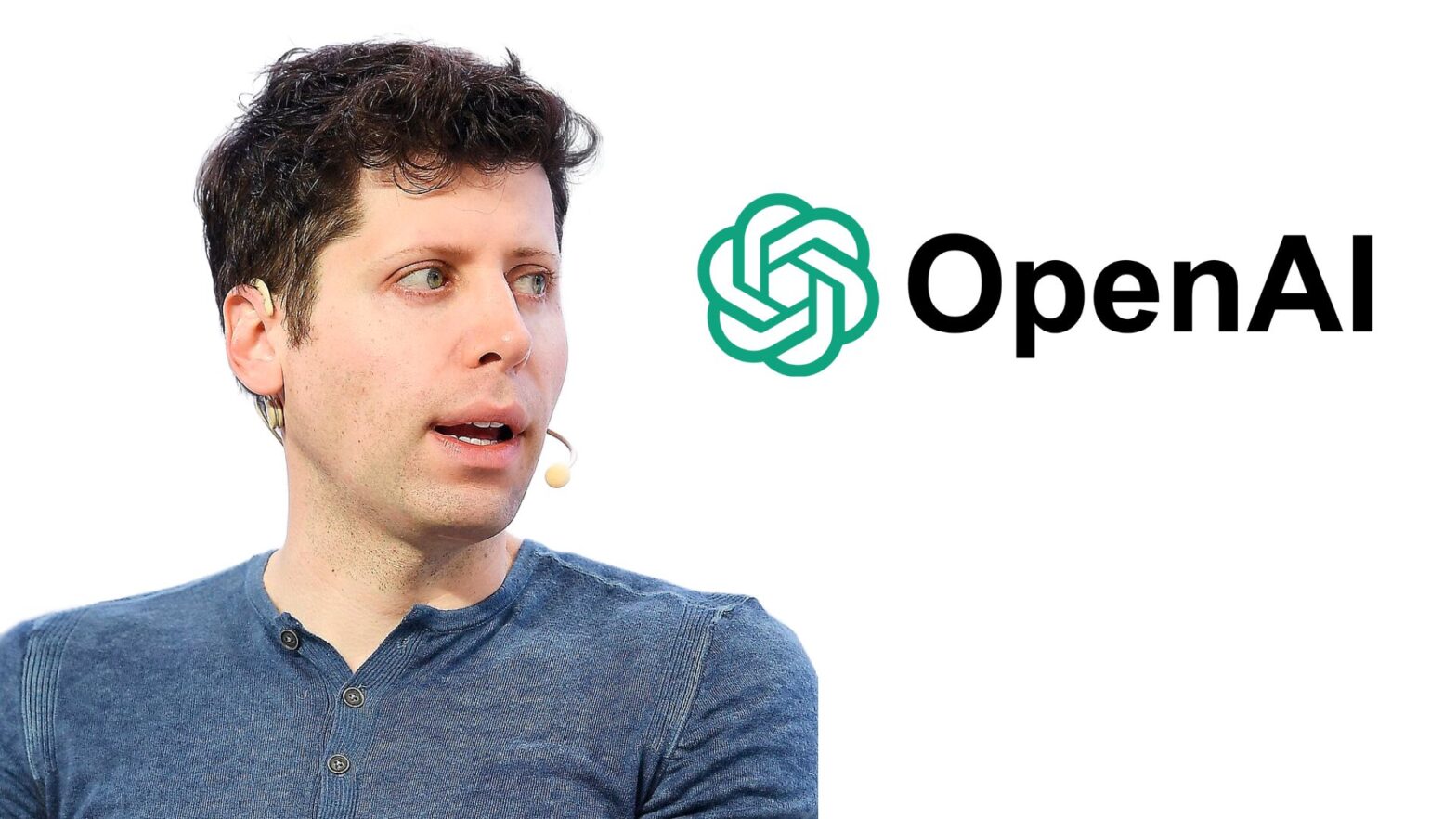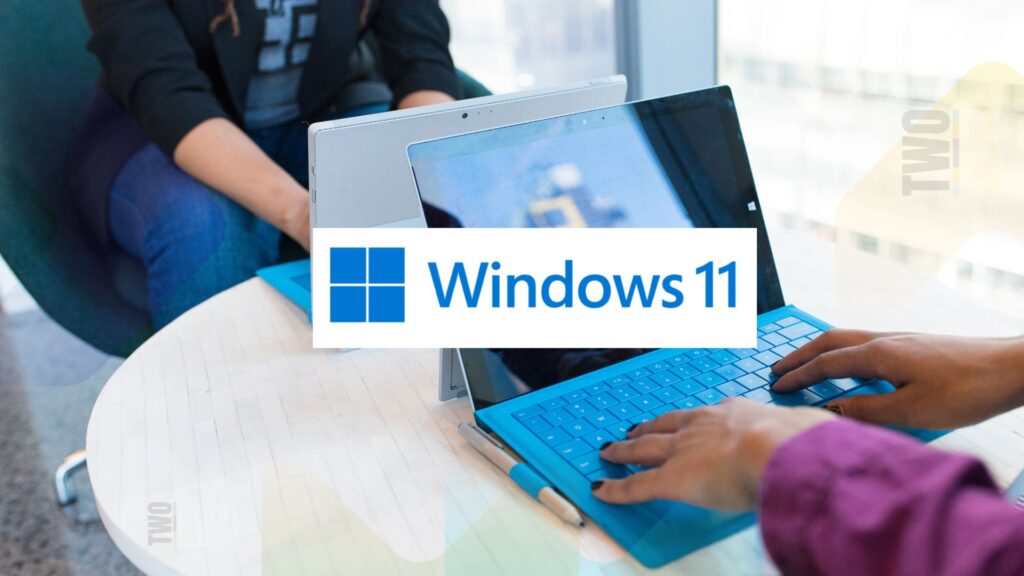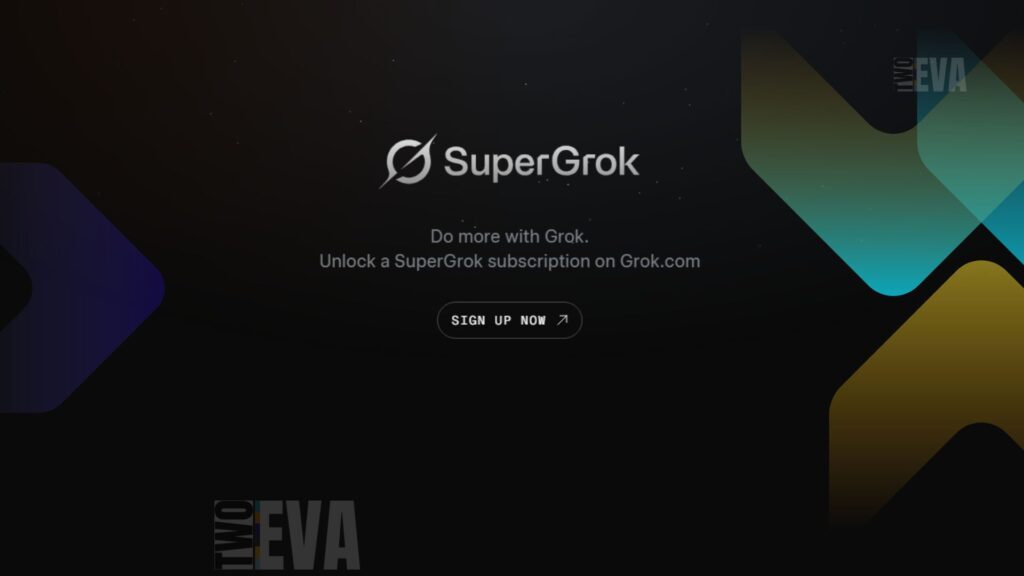OpenAI has expanded access to its Deep Research tool by introducing a lightweight version for free-tier ChatGPT users, marking a significant shift in how AI-powered research is made available to the public. Previously exclusive to paying subscribers, this update allows millions of users to perform more comprehensive queries, albeit with certain limitations.
What’s New in the Lightweight Deep Research Tool?
The lightweight version runs on OpenAI’s o4-mini model, which is designed to be cost-efficient while maintaining performance close to the original o3-powered Deep Research tool. Free users now get up to five requests per month, a notable step up from no access at all. Paid subscribers—Plus, Team, and Pro users—retain higher limits and only switch to the lightweight version once they hit their full-featured mode caps.
How does it compare? According to OpenAI, the o4-mini model achieves 45.7% accuracy in the BrowseComp benchmark, slightly below the original model’s 51.5%. While the gap is modest, the trade-off allows OpenAI to scale access sustainably.
Why Now?
The move follows high demand for advanced research capabilities among ChatGPT users. OpenAI noted that even paid subscribers frequently reached their usage limits, prompting the company to explore ways to broaden access without overloading infrastructure. By deploying the o4-mini model, OpenAI balances performance with affordability, making AI-driven insights more accessible.
Key Details at a Glance
| Feature | Free Tier | Paid Tiers (Plus/Team/Pro) |
|---|---|---|
| Monthly Deep Research Queries | 5 | Higher limits, then o4-mini |
| Model Used | o4-mini | o3 (default), o4-mini (fallback) |
| Benchmark Accuracy (BrowseComp) | 45.7% | 51.5% (o3) |
What This Means for Users
For free-tier users, this update unlocks capabilities previously reserved for paying customers—albeit with a tight monthly quota. Professionals and power users may still prefer paid plans for higher limits and full o3 performance, but casual users gain a valuable tool for deeper inquiries.
Tech experts have largely welcomed the move, seeing it as a step toward democratizing AI research tools. Some caution that the lightweight model may struggle with highly complex or nuanced queries, but for most everyday use cases, it’s a substantial upgrade.
The rollout began on April 25, 2025, with plans to extend similar access to Enterprise and Education subscribers soon. OpenAI’s broader goal? To make advanced AI research tools more inclusive while keeping operational costs manageable.
As AI continues reshaping how we gather and process information, this update ensures more users can tap into its potential—without necessarily reaching for their wallets.















